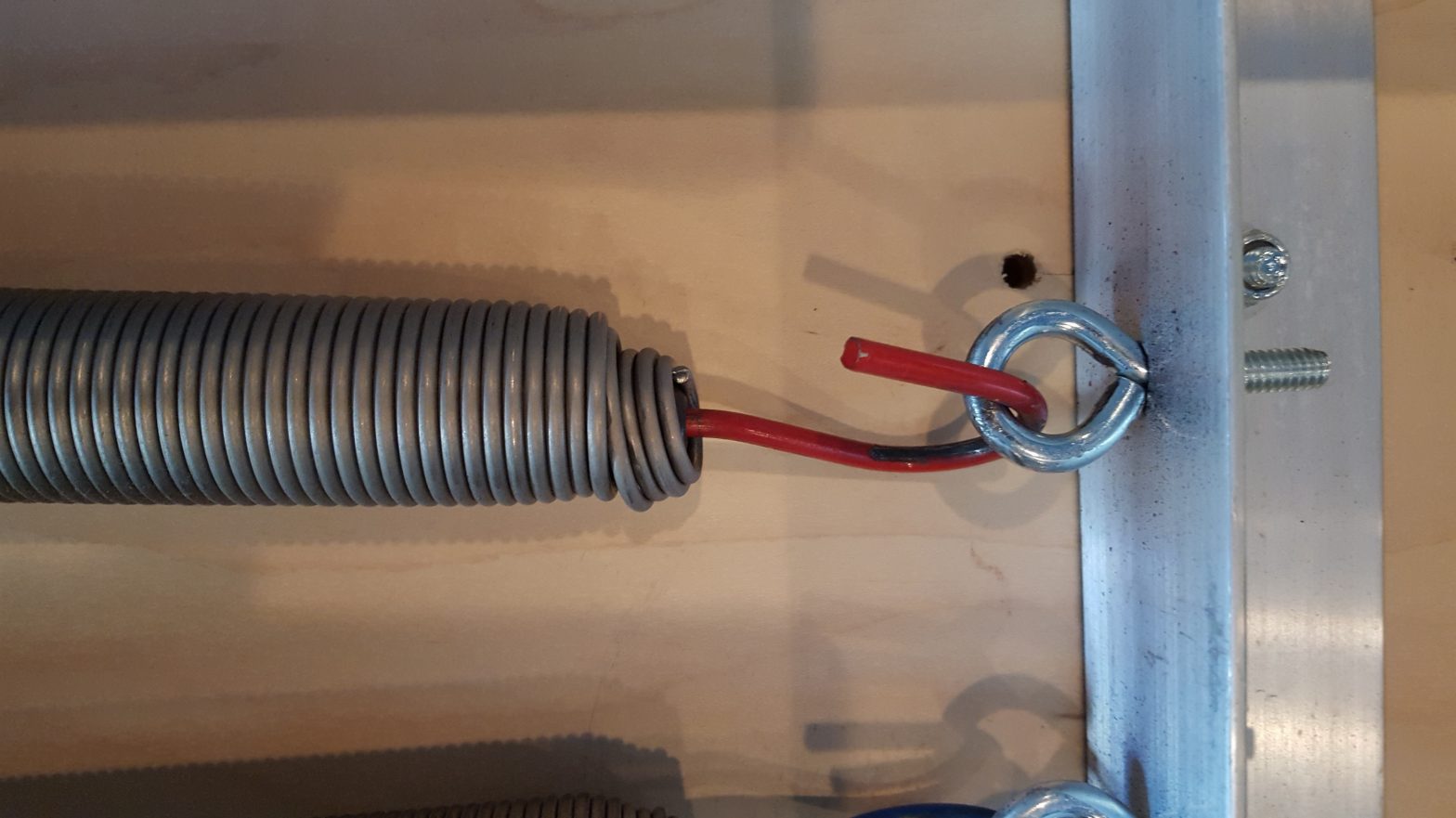
Every client I visit asks if they really need to replace their springs every two years. My short answer: Yes.
Here is what the major manufacturers say:
From Gratz…
The average life of a Gratz Reformer spring is 18 to 24 months if you use your equipment daily or continuously. If the springs show any sign of wear or emit any unusual sounds, then they should be replaced immediately.
From Balanced Body…
All Balanced Body springs should be replaced at least every two years. Certain environments and usages can shorten the expected life of the springs and you may need to replace the springs more frequently. Therefore, it is very important to inspect springs on a regular basis since worn or old springs lose resilience and may break during use.
From Peak…
We strongly advise establishing a routine program to monitor springs as well as replacing any spring in continuous daily use for over 24 months (or sooner in a high use facility). Any spring that exhibits early signs of fatigue (i.e. separation in coils, even if slight) must be replaced immediately.
From Stott…
Replace springs every 24 months, or as needed within that period if deformation occurs.
So, why do I have springs in my studio that seem fine after 10 years? I get asked. First, I explain that springs do break.
Yes, springs break.
They break when it’s really inconvenient and often dangerous. While I worked at Balanced Body I heard about lawsuits every once in a while. But, the manufacturers are good at covering their liability with fine print and specific questions, so they leave you vulnerable.
Since I’ve been in the field visiting my own clients, I realized there are many more spring breakages that go unreported.
Don’t be one of those people, and keep your clients safe, your assets covered, and your legal hassle low.
Second, I explain that there are many studios with old springs who have never had a problem. There is no exact science on springs… how they age depends on how often they are used, how far they are extended each use, what the ambient environment is like, how much lotions and oils they come in contact with, and so on. Sometimes, they last much longer than two years with no apparent problems.
While not all spring breakages can be predicted, there are signs you can look for when the springs start to degrade.
- Gaps between coils
- Rust or oxidation on the surface of the coils
- Kinks or waves in the body of the coils
Run your hand lightly down the body of the spring. Does it feel straight? Or do you feel waves? Definitely change your springs as soon as you feel or see any of these defects.
Be sure to check the springs UNDER the Reformer carriages! That is often where I find the most damaged parts.
 Even if you just bought your equipment, it is important to think about when you are going to change your springs next. Why? Because they are expensive!
Even if you just bought your equipment, it is important to think about when you are going to change your springs next. Why? Because they are expensive!
To replace one reformer’s worth of springs, here is what it costs at each manufacturer. (Think more for Cadillac or Tower springs!)
Balanced Body: $100 (5 springs)
Stott: $300 (5 springs)
Gratz: $150 (4 springs)
Peak: $150 (5 springs)
If you budget for maintenance costs from the beginning, replacing your springs every two years shouldn’t be a big shock to your budget.
My advice: Replace your springs every 2 years (or sooner if needed).



